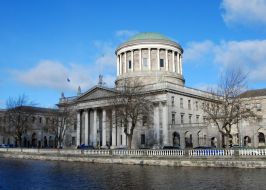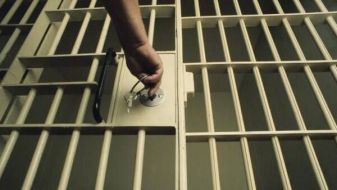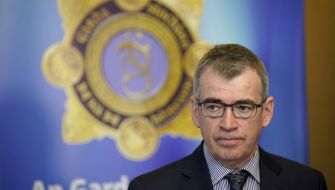Ross Outram, who was jailed for life for the murder of 90-year-old Paddy Lyons, has told the Court of Appeal that there is no proof that he caused the injury that led to the pensioner's death.
His lawyer Michael O'Higgins SC said that while his client struck Mr Lyons repeatedly on the head, the pathology evidence showed that the victim died due to a hip fracture. Mr O'Higgins said there was no basis for the jury to find beyond a reasonable doubt that the hip fracture was caused by the assault and not by an accidental fall after his client had left the scene.
Outram (30) of Ferryland, Waterford Road, Clonmel in Co Tipperary, was found guilty in 2019 by a Central Criminal Court jury of murdering Mr Lyons at Loughleagh, Ballysaggart, Lismore, Co Waterford, at a time unknown between February 23rd and 26th, 2017.
Defendant's conduct
Mr O'Higgins began his appeal by saying that the conduct of his client was "indefensible and despicable and not to be justified in any way." He said Mr Lyons was an elderly gentleman who lived alone in a remote area and a longstanding injury to his shoulder meant he had difficulty using one arm. He added: "If ever there was a mismatch between people this was it."
Mr Lyons suffered lacerations to the head and injuries to his brain, counsel said, adding: "What occurred was completely and utterly outrageous and could not be condoned or mitigated in any way." It was the injury to the hip, however, that caused Mr Lyons's death, counsel said.
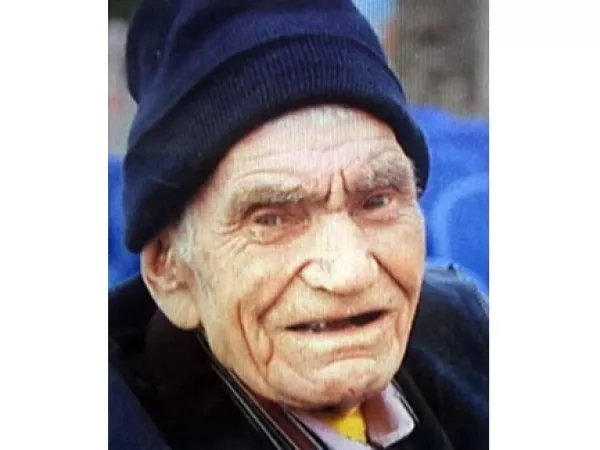
Mr O'Higgins summarised the evidence of Assistant State Pathologist Dr Margot Bolster, saying she noted three categories of injury. The brain injury, which was not life-threatening, the lacerations to the head, which would "probably" have caused death if left untreated, and the "shattering of the hip bone", which Mr O'Higgins said was the most significant injury.
Possibility that he tripped
Counsel said that Dr Bolster had suggested that the hip injury could have been caused by a fall and there was blood pooling in various areas around the house that suggested Mr Lyons was mobile after the beating. While Dr Bolster had suggested that Mr Lyons could have fallen because he was dizzy or nauseous as a result of the beating, Mr O'Higgins said she accepted she could not be sure and had no way to diagnose what effect the beating would have had.
Mr O'Higgins continued: "I don't exclude the possibility that he could have been dizzy or nauseous or debilitated having suffered the injuries he did. I accept that is a possibility... but there is another possibility which was that he had tripped or fallen in a spontaneous event, that it was independent of the attack. It was unfortunate, it was an accident."
Mr O'Higgins said that if a version of events favourable to the accused is reasonably possible then the jury must accept that version as the prosecution has failed to prove its case beyond reasonable doubt.
Blood pooling evidence
He said the blood pooling evidence suggests that Mr Lyons was mobile when Outram left, and therefore it is also reasonably possible that Mr Lyons fell, resulting in the injury that caused his death.
John Hoade of Forensic Science Ireland had told the trial that blood pooling at the door and in other places suggested Mr Lyons was standing and walking around while bleeding.
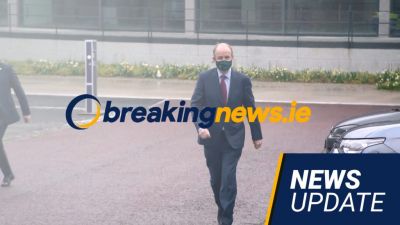
Mr O'Higgins said that when deciding between the possibility of a fall due to a simple accident versus a fall due to the head injuries inflicted by Outram, "there is, on the evidence, no rational basis" for deciding either one is proven beyond reasonable doubt.
Mr O'Higgins also argued that the jury should not have been allowed to carry out their own, independent examination of Mr Lyons's hat in circumstances where they were told no forensic examination of the hat had been carried out. Mr O'Higgins also sought to introduce new evidence gained since the trial that scientists at the Forensic Science Laboratory found no blood on the hat.
John O'Kelly SC for the Director of Public Prosecutions said there is no evidence of a fall and even if there were, the jury was entitled to find that the fall was connected to the beating he had received from Outram. He also noted that Dr Bolster had said the injuries to the head contributed to his death.
Mr Justice John Edwards, presiding, with Ms Justice Isobel Kennedy and Mr Justice Patrick McCarthy, reserved judgement.

